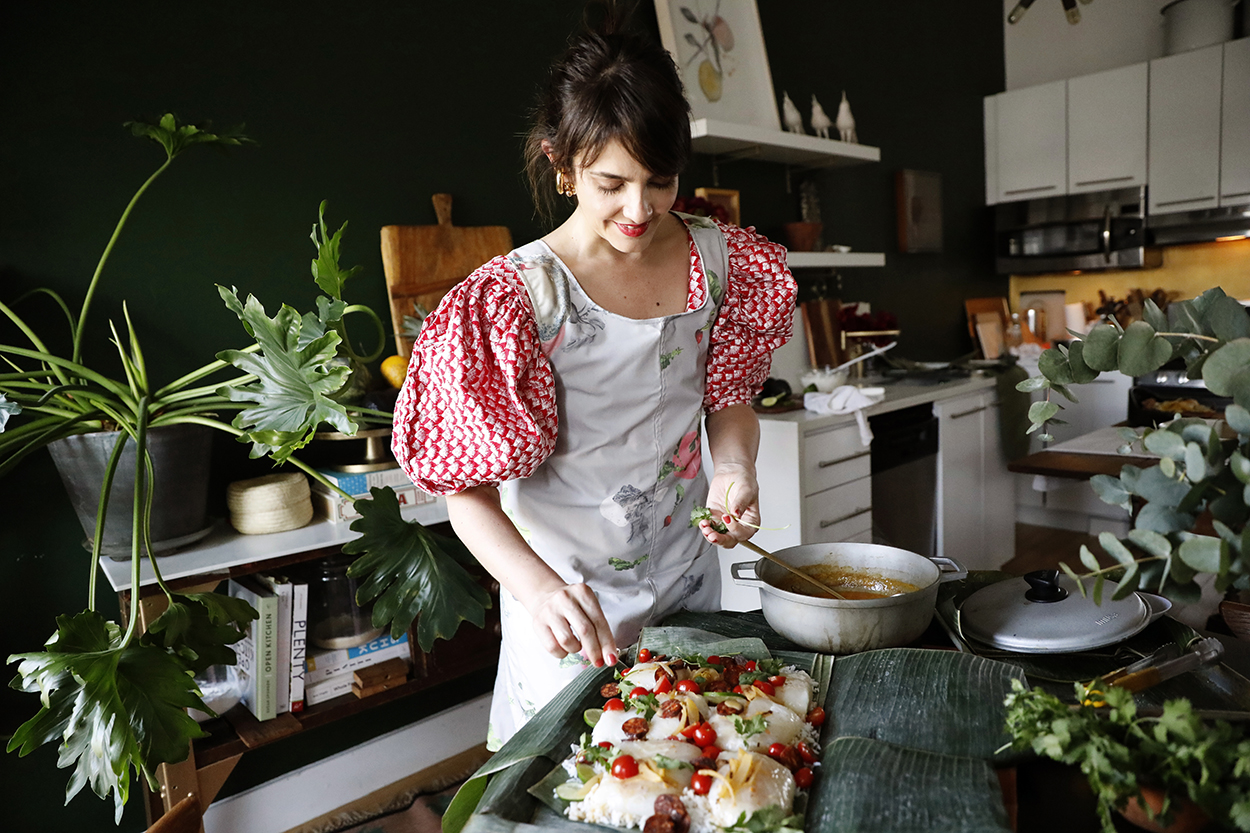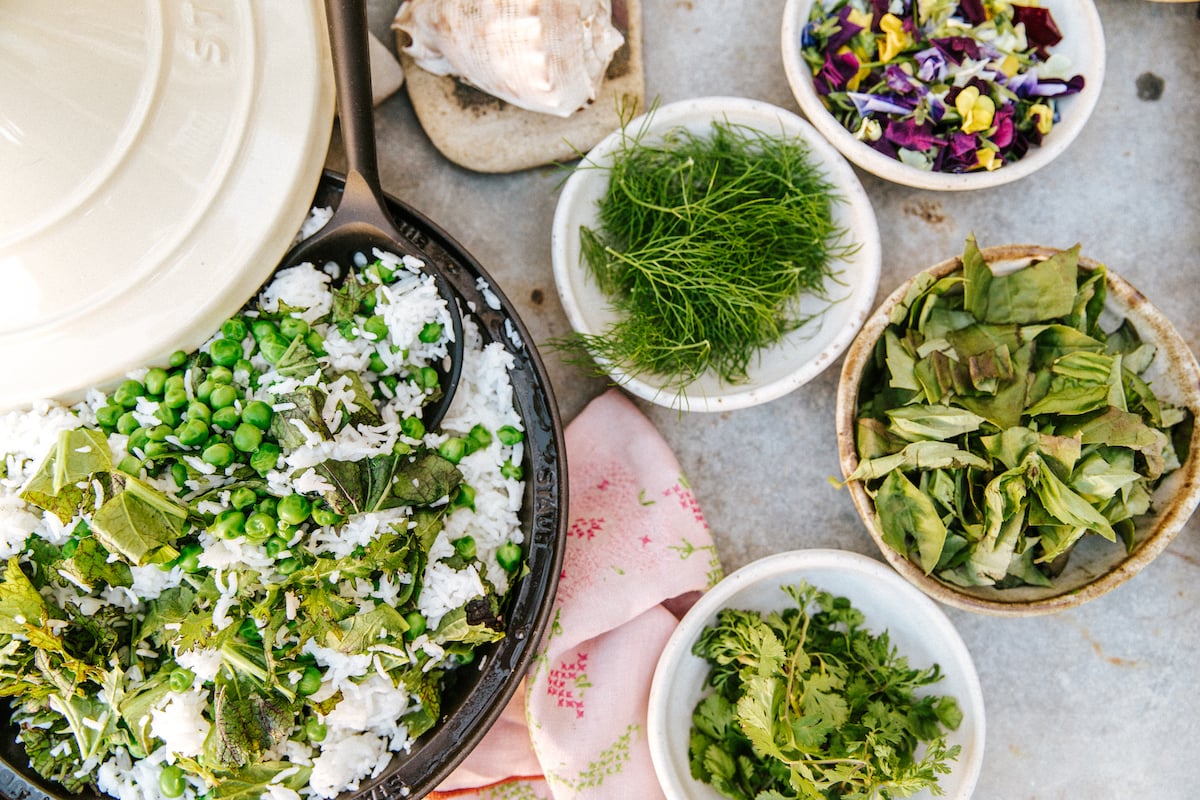Six Fast-Spreading Plants You Should Get Rid of Now
There are a lot of garden "spreaders" that are dropping seeds soon, and if you don't do some manual thinning now, next year is going to be bad.


Credit: encierro / Shutterstock.com
It’s fair to say that the goal of many gardeners is to create a self-sustaining yard. This means that each year, plants that will self-seed, perennialize or just reliably sustain themselves are added to the yard. The hope is that the amount of annuals, whether flowers or vegetables that need to be added, are minimal. So you might think that active “spreaders” would be welcome in the home garden. A word of warning, though: If you do nothing about them now, they will only become more problematic next year.
What do I mean by “spreaders”? While there are some plants that are considered to be invasive and should not be planted, spreaders aren’t as black and white as that. They can serve a purpose, and not yet be considered invasive, but they will crowd out your other plants and generally be a pain.
Most common spreaders you should get rid of
Most people won’t experience a mint problem due to mint they plant, but mint that just appears. It can be dropped by birds and will grow anywhere, and more frustratingly, it’s usually not even good mint. But when you do get good mint, though, remember that it will spread. In fact, mint will spread beyond a container through the roots. For that reason, you should keep it in a planter on concrete to contain it.
I was excited to grow horseradish, and why wouldn’t you be? It grows via a taproot, and the one thing to know about taproots is that they are a highly effective way to grow horizontally underground. Horseradish isn’t a container plant, so it’s best to put it someplace that it can be easily torn out at the end of the season (which you’ll want to do, because it’s delicious). Save a few roots for spring, so you can replant.
Fennel is such a jerk. It can’t be grown with anything else, because it tends to have a chemical reaction that will stall out growing on any other vegetable. So it demands its own space, and then proceeds to take over that space and anything nearby. How much fennel can anyone really use? Less than I am growing, for sure. Diligent thinning, and really considering if you actually want fennel to begin with, is warranted.
Asters are actually wonderful—they're usually native, and an ideal late-season flower. The same could be said for yarrow, which blooms all season long. However both will self-seed themselves into infinity and beyond, taking over any space, including your lawn. Don’t be afraid to tear them out by the bunch, ideally before they go to seed.
I don’t know why people grow lemon balm on purpose. I did it once, and discovered little use for it that couldn’t be supplanted by a bunch of other more delightful plants, and it grows and spreads incredibly fast. Grow lemon verbena or lemongrass instead for an annual herb that has many of the same properties.
Savory is a delightful green that I enjoy mostly to force garden guests to try the shockingly lemon-tasting leaves. But also, savory is a fast spreader, and it will take over the space. To keep it in check, actively dig out full divisions of the savory throughout the season. Do not let it go to seed, which it will cycle through multiple times a summer.

 Tekef
Tekef 























![8 Marketing Principles You Wish You Knew From the Start [Infographic]](https://imgproxy.divecdn.com/IrFUUizSVZJGsPem_wXXddL_nQGNvo8QImauGCOQCxo/g:ce/rs:fit:770:435/Z3M6Ly9kaXZlc2l0ZS1zdG9yYWdlL2RpdmVpbWFnZS84X21hcmtldGluZ19wcmluY2lwbGVzX2luZm8yLnBuZw==.webp)







